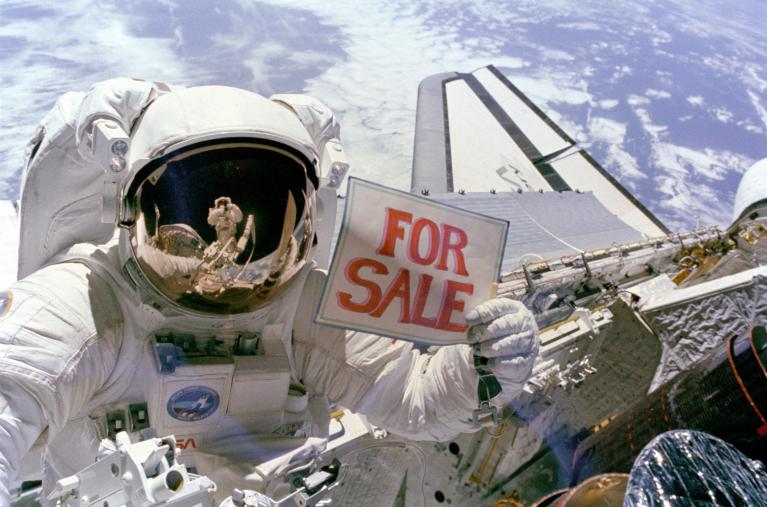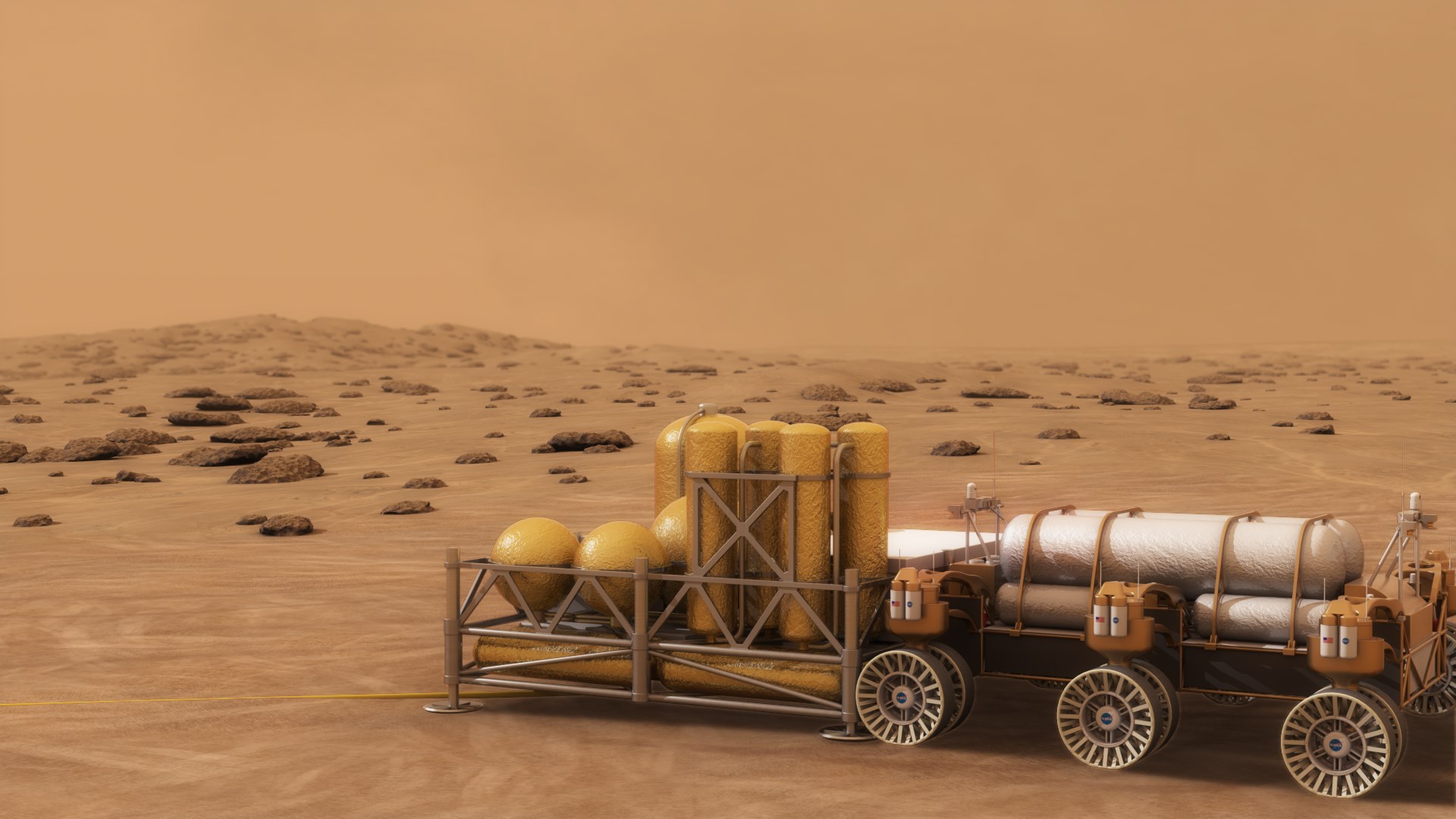Every year, more and more people are making their way to space. Some private citizens have already gotten their astronaut wings, paying for a trip to space out of their own pocket. What are the ethical implications of this as the costs of spaceflight come down?



